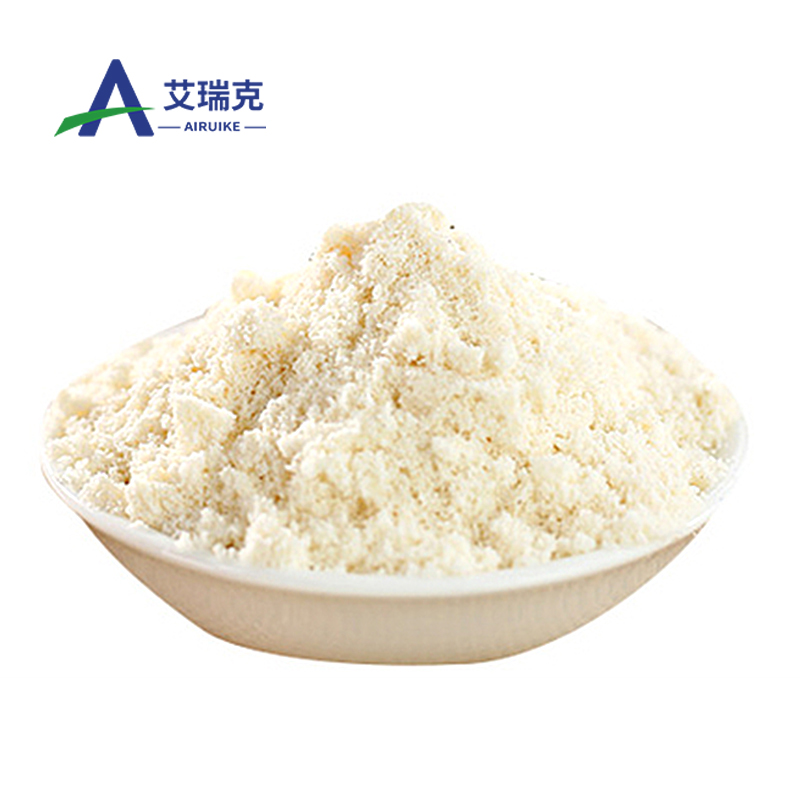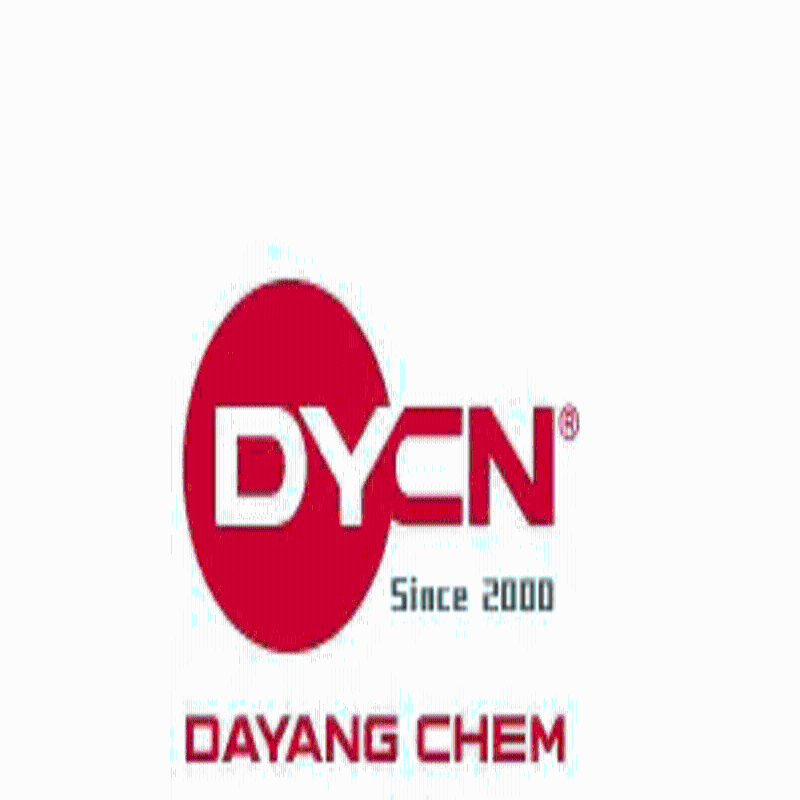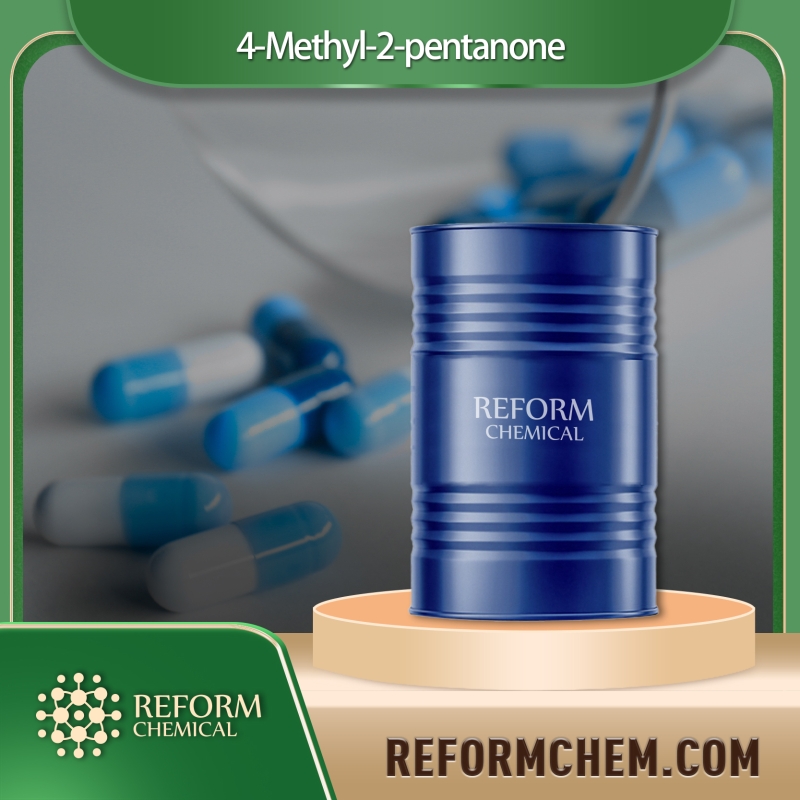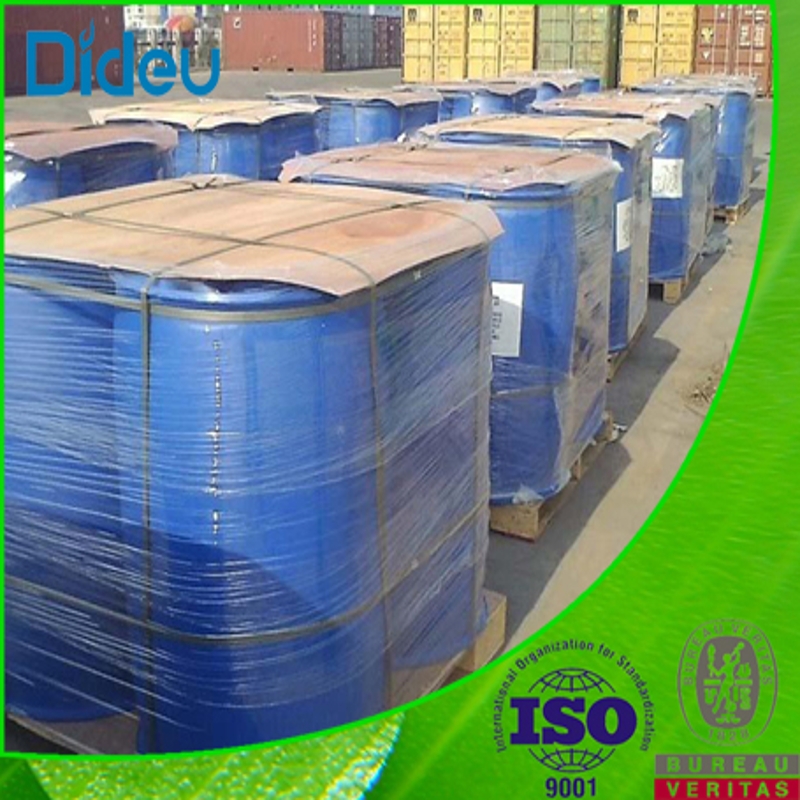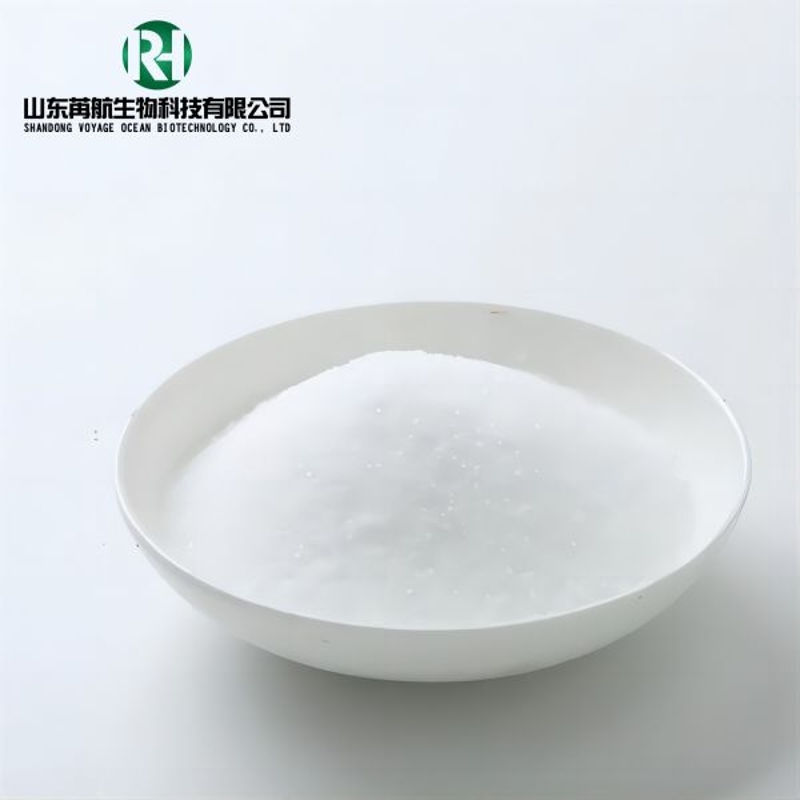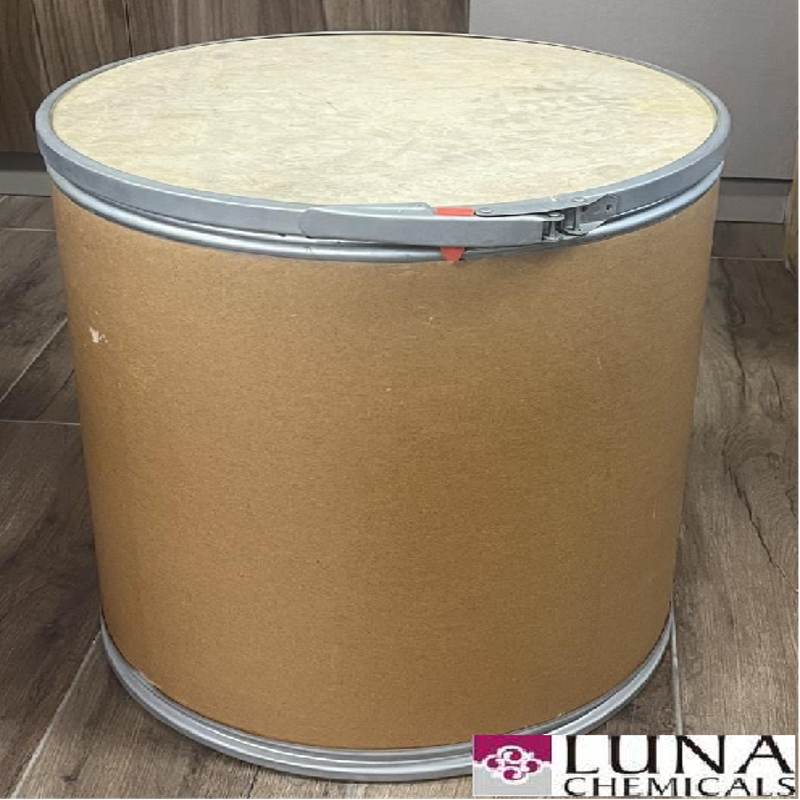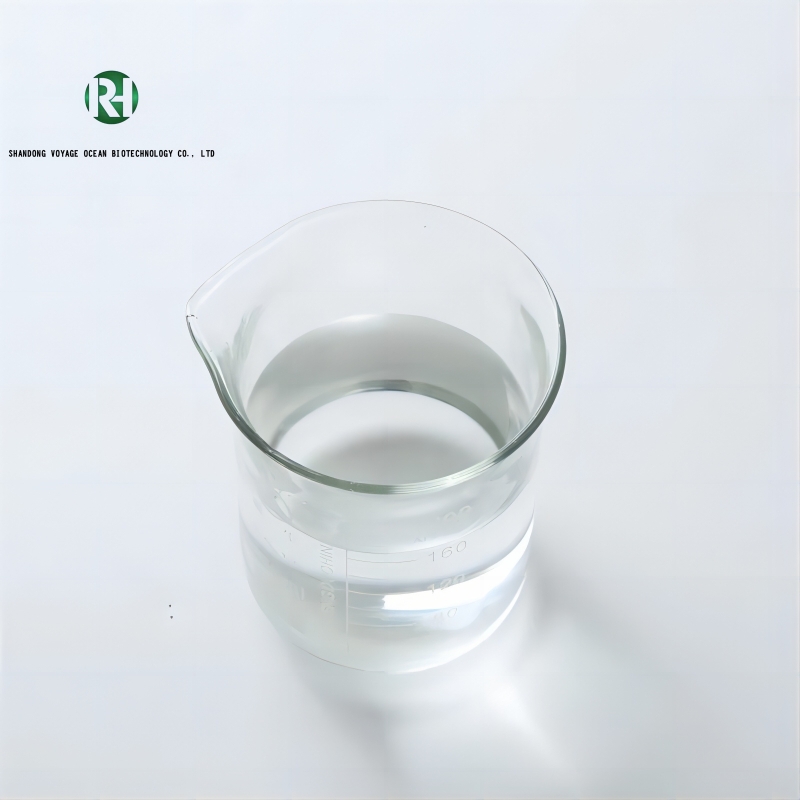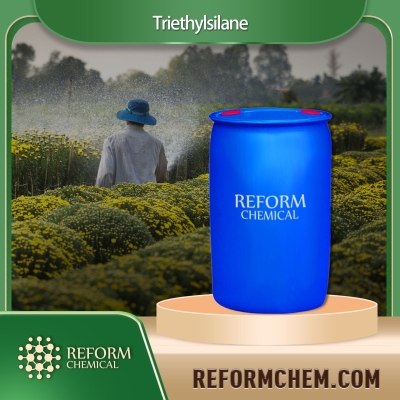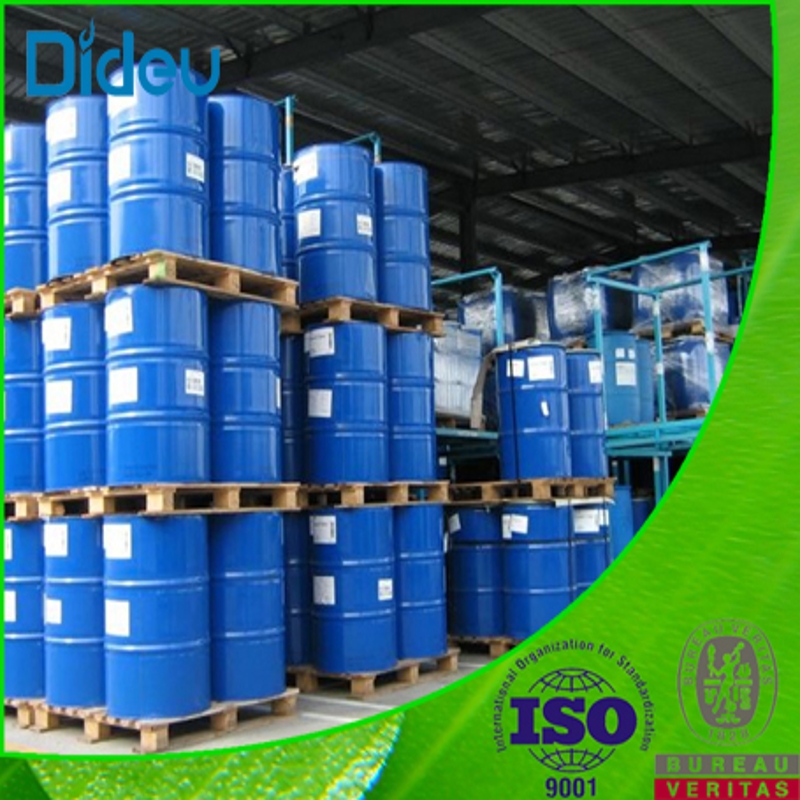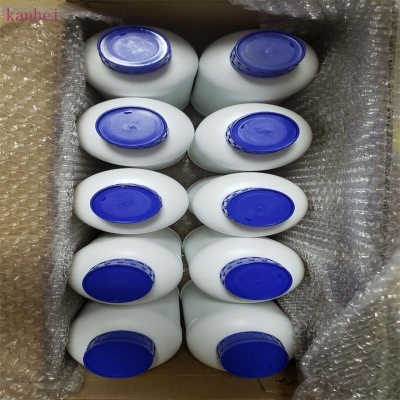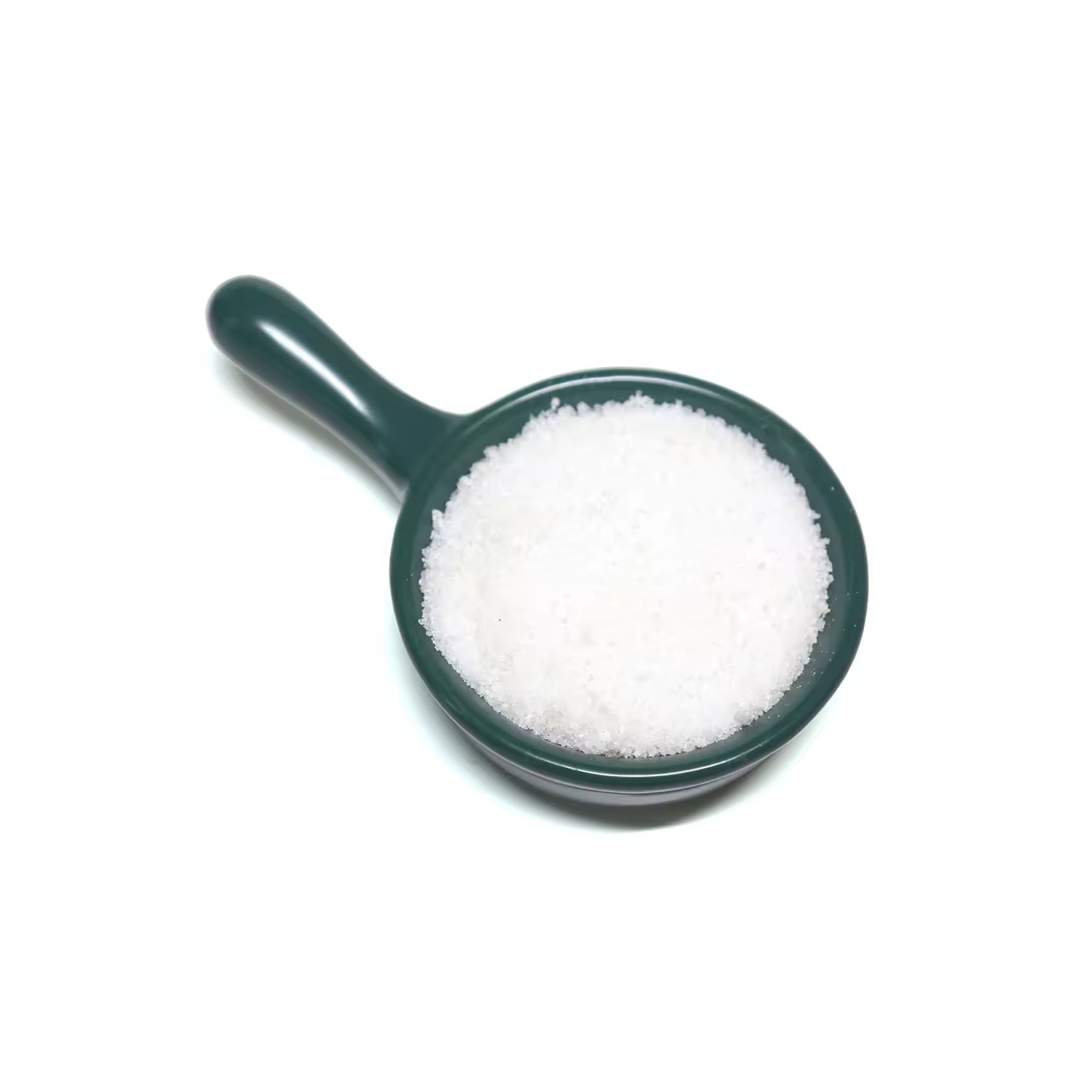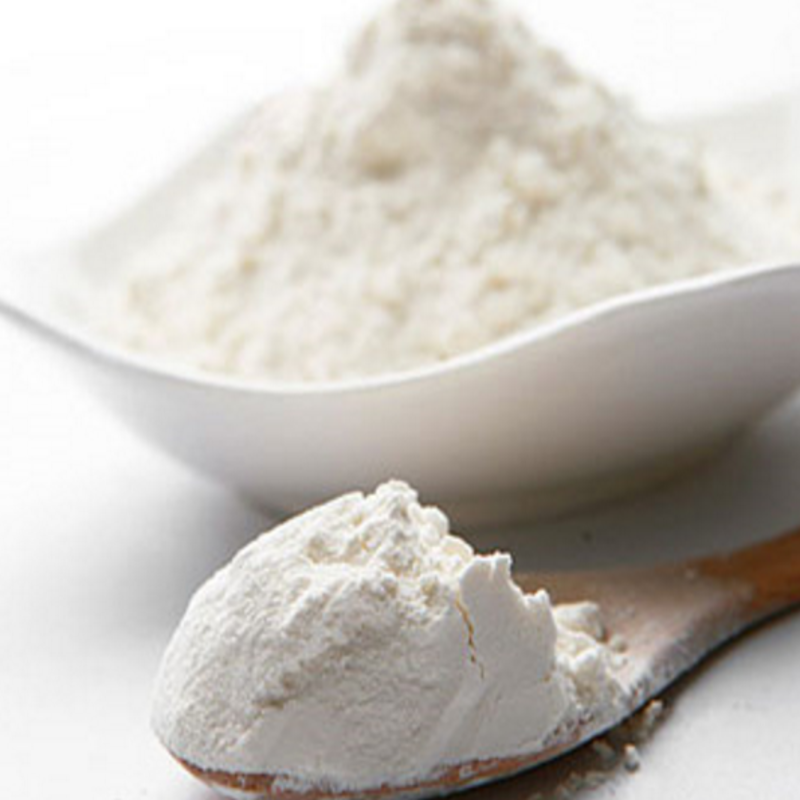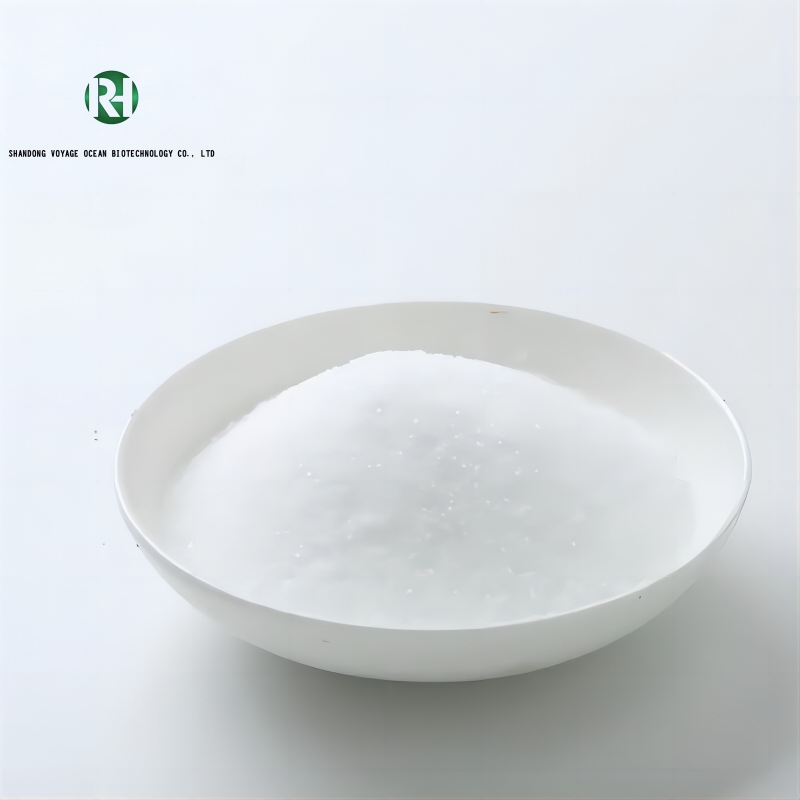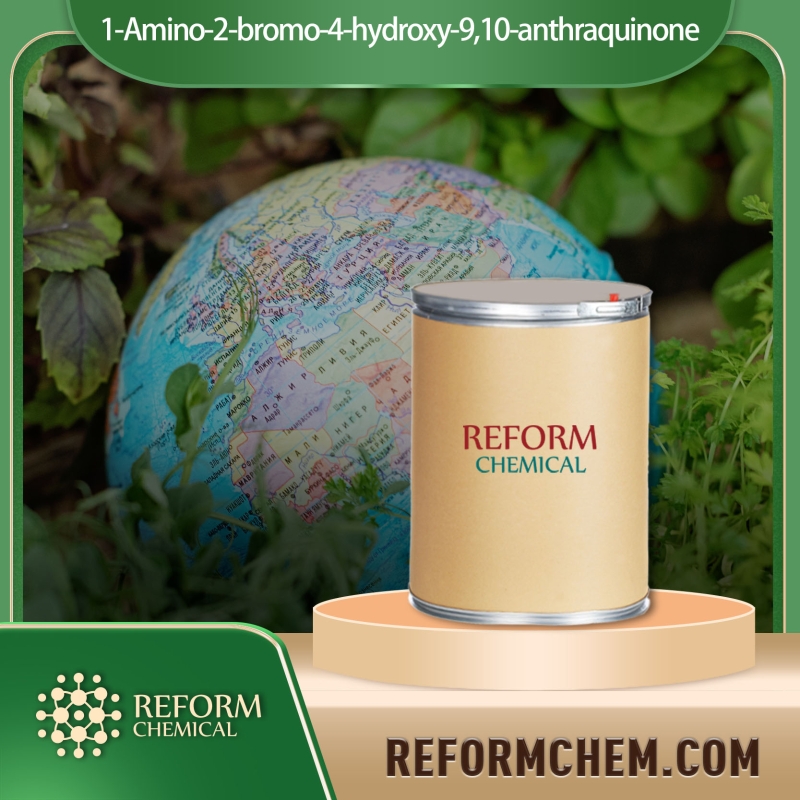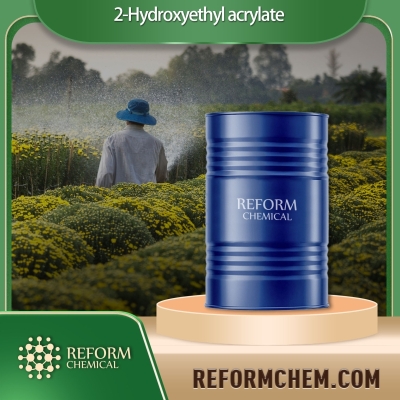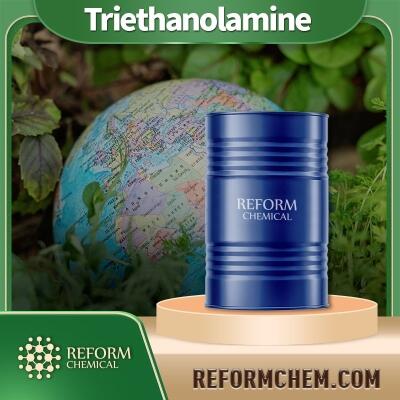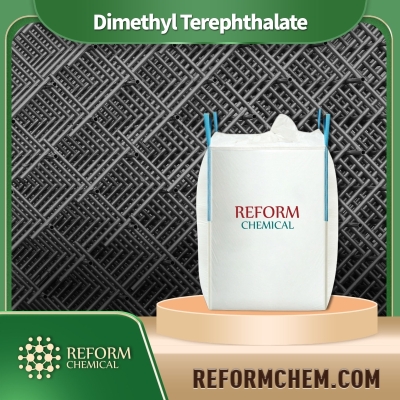Chemical Reagents
Get Chemical Reagents Raw Materials by RegionChemical Reagents
- • Deuterated Reagents (124)
- • Organic Reagents (9950)
- • Silane Reagent (852)
- • Chiral Chemicals (23)
- • Grignard Reagent (5)
- • Desulfurizer (20)
Related News
-
What Reagent Is Used To Test For Starch
2022-03-03 -
Meditex Bangladesh2019
2018-11-09 -
International Exhibition for Laboratory Equipment and Chemical Reagents
2017-06-20
Related Products Price
Chemical Reagent Suppliers
Dibenzofuran
CAS No: 132-64-9
Formula: C12H8O
Categories: Chemical Reagents > Organic Reagents
-
Dibenzofuran
Inquiry -
Dibenzofuran CAS 132-64-9
Inquiry -
Dibenzofuran
Inquiry -
Dibenzofuran
$0.1/KG EXW
Inquiry
1-(2,3-Dichlorophenyl)piperazine hydrochloride
CAS No: 119532-26-2
Formula: C10H12Cl2N2.ClH
Categories: Chemical Reagents > Organic Reagents
Trimethoxysilane
CAS No: 2487-90-3
Formula: C3H10O3Si
Categories: Chemical Reagents > Organic Reagents
Dibenzothiophene
CAS No: 132-65-0
Formula: C12H8S
Categories: Chemical Reagents > Antioxidant Ingredient
-
Dibenzothiophene
Inquiry -
Dibenzothiophene132-65-0
$100/KG EXW
Inquiry -
Dibenzothiophene
Inquiry -
China Most Professional Factory Supply High Qulity Dibenzothiophene CAS 132-65-0
Inquiry
5-Cyanophthalide
CAS No: 82104-74-3
Formula: C9H5NO2
Categories: Chemical Reagents > Organic Reagents
-
5-Cyanophthalide
Inquiry -
5-Cyanophthalide CAS82104-74-3 White or light yellow crystals
$10/KG EXW
Inquiry -
5-Cyanophthalide
Inquiry -
5-Cyanophthalide 99% high purity certified Professional producer Greenbo
Inquiry
Glycidoxypropyltrimethoxysilane
CAS No: 2530-83-8
Formula: C9H20O5Si
Categories: Chemical Reagents > Nail Conditioning
Tetramethylammonium chloride
CAS No: 75-57-0
Formula: C4H12N.Cl
Categories: Chemical Reagents > Viscosity Controlling
-
Tetramethylammonium chloride CAS NO.75-57-0
Inquiry -
Tetramethylammonium Chloride CAS 75-57-0
Inquiry -
Tetramethyl ammonium chloride
Inquiry -
TMAC
$0.1/KG EXW
Inquiry
Methyl isobutyl ketone
CAS No: 108-10-1
Formula: C6H12O
Categories: Chemical Reagents > Dissolving Agent
-
Chinese high-quality MIBK supplier
Inquiry -
4-Methyl-2-pentanone CAS NO.108-10-1 METHYL ISOBUTYL KETONE GC STANDARD
$5-6/KG FOB
Inquiry -
High Quality MIBK 99% liquid 108-10-1-Shaanxi Dideu Medichem Co.Ltd
$1/KG FOB
Inquiry -
4-Methyl-2-pentanone 98% colorless liquid LKLX
Inquiry
Atracurium besylate
CAS No: 64228-81-5
Formula: C53H72N2O12.2C6H5O3S
Categories: Chemical Reagents > Organic Reagents
Phthalic acid
CAS No: 88-99-3
Formula: C8H6O4
Categories: Chemical Reagents > Organic Reagents
-
Phthalic acid 99% Powder Dideu
Inquiry -
High purity Pathalic acid 98% TOP1 supplier in China
Inquiry -
Pathalic acid
Inquiry -
Phthalic acid 88-99-3
Inquiry
375 Chemical Reagents Suppliers
Short on time? Let Chemical Reagents sellers contact you.
4-Methylmorpholine
CAS No: 109-02-4
Formula: C5H11NO
Categories: Chemical Reagents > Organic Reagents
Hydrocarbon oils
CAS No: 8020-83-5
Formula:
Categories: Chemical Reagents > Organic Reagents
-
Hard paraffin CAS NO.: 8020-83-5 99% Dideu-1-73875 Dideu
Inquiry -
Mineral Oil CAS 8020-83-5 Best Price High Purity
Inquiry -
Factory directly refined paraffin cas 88020-83-5
$900-920/MT FOB
Inquiry -
8020-83-5 refined paraffin
$1.2/KG FOB
Inquiry
Triethylsilane
CAS No: 617-86-7
Formula: C6H16Si
Categories: Chemical Reagents > Organic Reagents
-
Triethylsilane
Inquiry -
Triethylsilane CAS:617-86-7 OtherReagents Reduction HydrogensilanesHydrogensiloxanes SyntheticOrganicChemistry organosiliconcompound 99% High Quality
$1-1.2/MT FOB
Inquiry -
Manufacture Supply 99% Triethylsilane with Organic Synthesis and Pharmaceutical Intermediates CAS 617-86-7
Inquiry -
Pharmaceutical Raw Material Triethylsilane CAS 617-86-7
Inquiry
Butyldimethylsilyl chloride
CAS No: 1000-50-6
Formula: C6H15ClSi
Categories: Chemical Reagents > Organic Reagents
-
n-Butylchlorodimethylsilane
Inquiry -
N-BUTYLDIMETHYLCHLOROSILANE 99% high purity certified Professional producer Greenbo
Inquiry -
high quality N-BUTYLDIMETHYLCHLOROSILANE 99% transparent liquid KANBEI
Inquiry -
![N-BUTYLDIMETHYLCHLOROSILANE buy N-BUTYLDIMETHYLCHLOROSILANE]()
N-BUTYLDIMETHYLCHLOROSILANE
Inquiry
Propane sultone
CAS No: 1120-71-4
Formula: C3H6O3S
Categories: Chemical Reagents > Organic Reagents
Triethoxysilane
CAS No: 998-30-1
Formula: C6H16O3Si
Categories: Chemical Reagents > Organic Reagents
-
Triethoxysilane
Inquiry -
Triethoxysilane
Inquiry -
Triethoxysilane 99% high purity certified Professional producer Greenbo
Inquiry -
Triethoxysilane 99% see COA kanbei
Inquiry
3-Bromobenzoic acid
CAS No: 585-76-2
Formula: C7H5BrO2
Categories: Chemical Reagents > Organic Reagents
Diatomite
CAS No: 61790-53-2
Formula:
Categories: Chemical Reagents > Opacifying
-
Celatom CAS NO.61790-53-2
Inquiry -
Celite 99% solid Dideu
Inquiry -
Celite 99% Top Purity
Inquiry -
Celite Food Grade best selling .
Inquiry
Tetramethyldisiloxane
CAS No: 30110-74-8
Formula: C4H14OSi2
Categories: Chemical Reagents > Silane Reagent
-
![1,1,3,3-TETRAMETHYLDISILOXANE buy 1,1,3,3-TETRAMETHYLDISILOXANE]()
1,1,3,3-TETRAMETHYLDISILOXANE
Inquiry -
![1,1,3,3-TETRAMETHYLDISILOXANE buy 1,1,3,3-TETRAMETHYLDISILOXANE]()
1,1,3,3-TETRAMETHYLDISILOXANE
Inquiry -
![Tetramethyldisiloxane buy Tetramethyldisiloxane]()
Tetramethyldisiloxane
Inquiry -
![BIS(DIMETHYLSILYL) ETHER buy BIS(DIMETHYLSILYL) ETHER]()
BIS(DIMETHYLSILYL) ETHER
Inquiry
2-Tetralone
CAS No: 530-93-8
Formula: C10H10O
Categories: Chemical Reagents > Organic Reagents
New Arrivals
Most Popular
-
2-Nitrobenzaldehyde 552-89-6 Organic Synthesis o-nitro-benzaldehyd High Quality 99% Industrial Grade
$1-1.3/KG FOB
-
2-Hydroxyethyl acrylate CAS NO.818-61-1 99% High Purity Industrial grade
$1-1.3/KG FOB
-
Triethanolamine CAS NO 102-71-6 Chemical Reagents Intermediates 99% High Quality
$1-1.3/KG FOB
-
Dimethyl Terephthalate CAS NO. 120-61-6 Manufactory Supply 99% high purity
$1-1.3/KG FOB
People are searching
Frequently Asked Questions
Chemical Reagents can be divided into different categories. On ECHEMI, we divided them into Deuterated Reagents, Organic Reagents, Silane Reagent, Chiral Chemicals, Grignard Reagent, and Desulfurizer. A common Deuterated Reagent is Lithium tetradeuteroaluminate, which is commonly used as a source of deuterium atoms to produce tritium for cooling nuclear reactors.. A common Organic Reagent is Benzyldodecyldimethylammonium chloride, which is used as acrylic fiber leveling agent, dye retardant for printing and dyeing fabric, oil field oil well fungicide, cooling water system sterilization and algaecide, medical device disinfectant, etc. A common Silane Reagent is Methyltris(methyl ethyl ketoxime)silane, which is used as a neutral curing agent in silicone sealant formulations. A common chiral chemical is L-Dibenzoyltartaric acid, an organic chiral compound that can be used as an organic intermediate and pharmaceutical intermediate. A common Grignard reagent is Benzylmagnesium bromide, which can be used in the preparation of 2,6-dimethyl-2-heptanol. A common Desulfurizer is TETRABUTYLAMMONIUM FLUORIDE, a reagent for the preparation of terminal olefins from primary alkyl iodides. More other common chemical reagents are available on ECHEMI, just feel free to inform us what you need and get competitive quotes!
A chemical reagent is a substance or compound to achieve or test a chemical change in chemical reactions. Reagents can be organic or inorganic compounds, and are selected based on their properties and ability to facilitate specific reactions. Chemical reagents are widely used in various fields, like chemistry, biochemistry, and other related areas for purposes such as synthesizing, analyzing, purifying, or characterizing chemical substances.
A chemical can be any specific chemical element or chemical compound with certain properties, however a reagent takes part in the chemical reactions and will convert to something else. That is to say a reagent is a chemical which is used to bring out a certain chemical reaction.
























